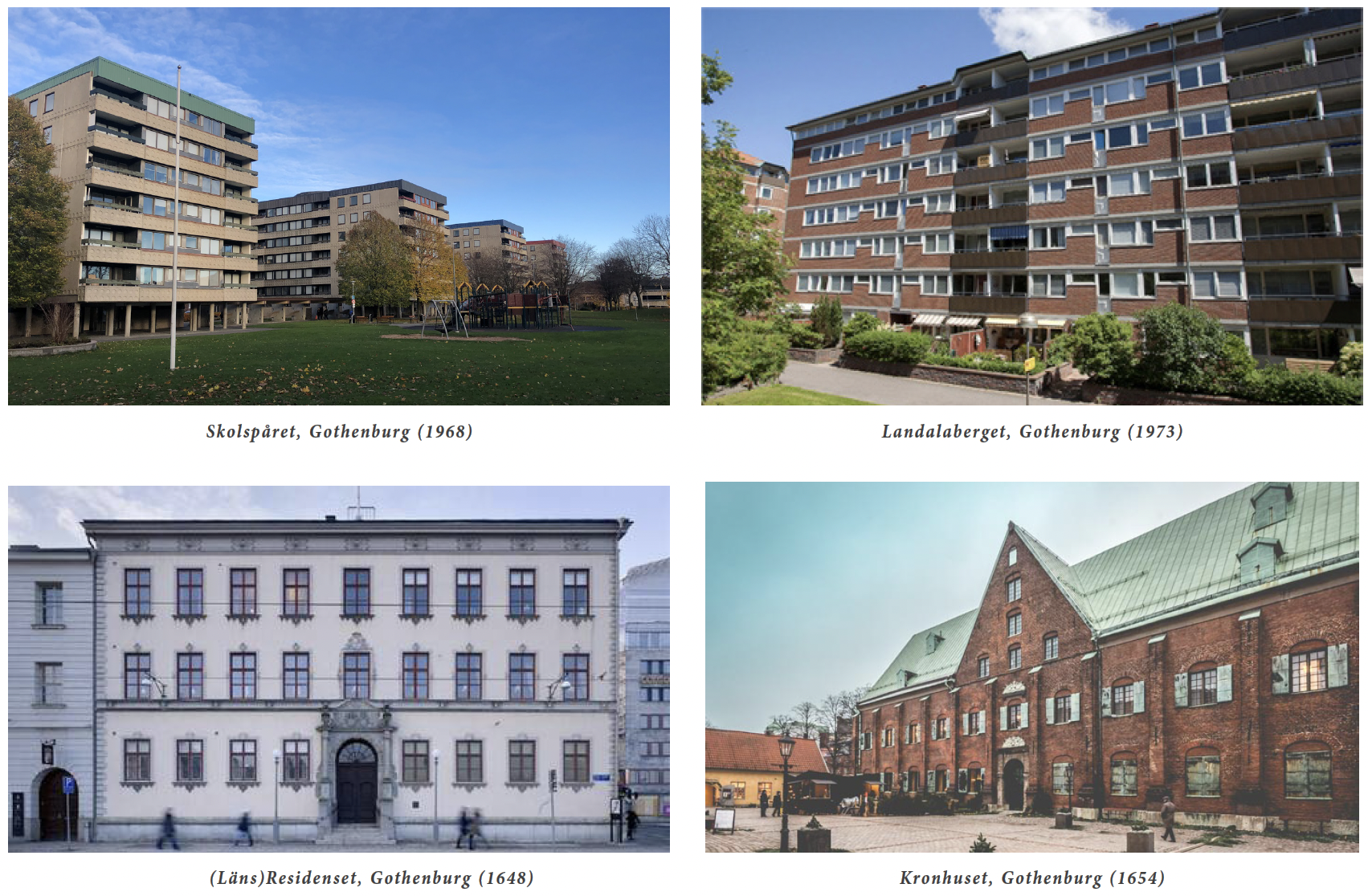connection / appropriation
–– dissecting, comparing & combining the Swedish 17th Century architecture with the Million Program housing
collections
”I believe that the language of architecture is not a question of a specific style. Every building is built for a specific use in a specific place and for a specific society.”
Peter Zumthor
background
The project within Matter Space Structure 3 aims to prepare for my Master Thesis, draft title; Connection through Appropriation– A Speculative Re-Design for Democratization of Skokloster Castle.
The point of departure is a curiosity in the polarized views on different architectural eras, and their preservation value. Some buildings mostly stand empty, but are seen as invaluable historical manifestations. Others are demolished without second thought, despite serving people every day. The reasoning behind is complex, but often lifted as a question of beauty– in which the modernism is commonly rejected.
Inspired by Peter Zumthor, the thesis regards buildings as physical assets and bearers of stories, not only stylistic representations of their time. As the climate crisis escalates, it becomes increasingly important to appreciate all existing building stock.
The project focuses on two typologies; the private castles of the 1600’s and the Million program in Sweden. Specifically, the project will engage in a speculative re-design of Skokloster Castle– the biggest private castle ever built in Sweden. Planned and constructed during the Swedish Empire in Baroque style, it is a physical representation of power and the superiority of christianity. In contrast, the million program arose from modern technology and ambition of quality housing for all.
the project aims to…
… deepen my understanding of the time eras (record years and 17th century), and the surrounding discourse.
… explore methods and processes of mapping, comparing, and creating hybrids of the time eras, applicable for the Thesis.
… build a library of objects and starting point for my continued work.
“As a citizen, you get lost if you don’t recognize yourself in the story that is told around you.”
Pernilla Wåhlin Norén, Municipal Architect of Borlänge
case studies
